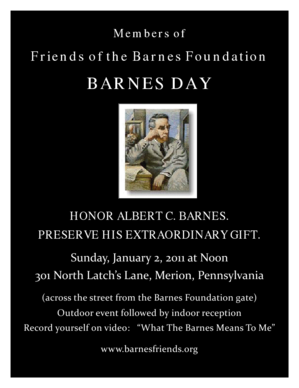The Metropolitan Museum of Art* rolled out the first effort of its new Digital Media Department yesterday; it’s called Connections, and it is planned to be a once-a-week release of a 4-minute online interactive feature. For the kickoff, the Met has posted four of them.
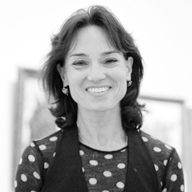 Here’s the description:
Here’s the description:
Episodes are comprised of audio narration and slide shows of the works of art discussed, as well as links to contextual background. Each Connections episode explores a broad theme through the subjective and personal viewpoint of a Museum staff member. Participants will include curators, conservators, scientists, librarians, educators, photographers, designers, editors, digital media producers, technicians, administrators, executive staff, and many other staff.
Met director Thomas Campbell introduces the feature here.
The subjects of the first four are promising.
-
“Small Things,” in which Associate Director Carrie Rebora Barrett (above) seeks out tiny works in the collection.
-
“Virtuosity,” which finds paintings conservator Michael Gallagher (below) talking about “the appeal of technical virtuosity.”
-
“Maps,” wherein Medieval art curator Melanie Holcomb explains “how maps help her make sense of the world.”
-
“Tennessee,” in which video producer Christopher Noey waxes nostalgic about his childhood home via works in the museum.
These topics, all interesting, illustrate a nice range of access points for people not necessarily versed in art and who want to enjoy it anyway, and for people who are knowledgeable about art to see things from a different perspective. For all, they are a way to listen to an expert and see their selections.
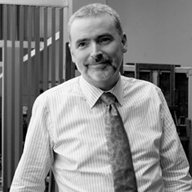 The interactive part is minimal: “visitors can link to additional information about the works of art: the time period in which they were made, the geographic origins of the works, and where works on view can be found in the Museum’s galleries.”
The interactive part is minimal: “visitors can link to additional information about the works of art: the time period in which they were made, the geographic origins of the works, and where works on view can be found in the Museum’s galleries.”
Still, for the idea, I give the Met an A.
The execution, however, is…well, needs improvement. The two I sampled — more about why in a minute — were slide shows of artworks with voiceovers by the narrator. Very static. I had pictured a real video, with the narrator holding or standing near the artwork, in the galleries, and perhaps a walk from one to another (speeded up, for fun). But there was nothing like that. And why are the narrators pictured in black and white?
Barrett’s entry also suffers from a mismatch between what she’s saying and what is being seen on screen, which is pretty unforgivable. That was fixed in Gallagher’s virtuoso picks.
Barrett’s has two other flaws: In a riff on “small things,” the feature does not provide dimensions of the works. And, horribly, when you click on “In the Museum,” to find out where to go to find these objects, several are not currently on view. That’s also unforgivable.
What about the other two episodes? I don’t know, because my computer froze during the loading process. I has to shut it down, and reboot — and I decided to finish this post before going back to Connections, to see if I could Connect. This problem could well be my computer, and I do not blame the Met (for now).
I like this idea, and I expect the Met to improve on its execution. Right now, it’s a bit of a disappointment.
More details in the press release, including the ideas behind the next five features.
If you go to the Met’s home page, btw, you’ll notice a change — which I think may have happened on Jan. 1. No more landing page, with the artwork of the day. You go right to the home page, where there’s a rotating banner of temporary exhibitions.
I get it, some people didn’t have the patience to “Enter.” But I kind of liked seeing the artwork of the day.
The new website wasn’t announced, and it’s obviously still in the making. Perhaps it will be rolled out one change at a time.
Which brings me to another problem: there’s no link to “Connections” on the website — for now, at least, you have to know the URL (www.metmuseum.org/connections).
UPDATE, 1/5: As a commenter (below) reported, the announcement of Connections is now posted on the home page, with the link to it, under “Now At the Met.” And it’s permanent home looks to be under “Works of Art,” right beneath the Timeline of Art History.
Photo Credit: Courtesy of the Metropolitan Museum
*I consult to a foundation that supports the Met.

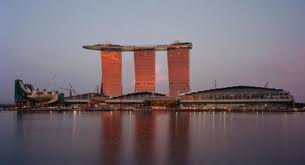 Now don’t get me wrong. I love architecture, beautiful architecture. It’s just that I think many new museums are pretty inhospitable to art. And most new museums are not the Guggenheim Bilbao, we have all learned to much dismay.
Now don’t get me wrong. I love architecture, beautiful architecture. It’s just that I think many new museums are pretty inhospitable to art. And most new museums are not the Guggenheim Bilbao, we have all learned to much dismay. It was designed somewhat like a lotus flower, with 10 fingers emanating from a round central base — it’s at left in the picture at left.
It was designed somewhat like a lotus flower, with 10 fingers emanating from a round central base — it’s at left in the picture at left.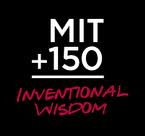 I liked the term as soon as I saw it, and more so when I Googled it, to see how common it was, and Google offered “Did you mean conventional wisdom”?
I liked the term as soon as I saw it, and more so when I Googled it, to see how common it was, and Google offered “Did you mean conventional wisdom”? 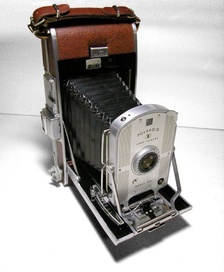
 Twenty-ten will certainly be best remembered as the year Erie got the art museum building it deserves [at left]….The Erie Art Museum has been the aesthetic equivalent to a lighthouse on the lake for more than a century, a provider of guidance and illumination for the entire region. But for most of that history the museum made do with facilities that were historic and elegant in their own right [below], but not always adequate for the acquisition, presentation and preservation of our local artistic heritage….
Twenty-ten will certainly be best remembered as the year Erie got the art museum building it deserves [at left]….The Erie Art Museum has been the aesthetic equivalent to a lighthouse on the lake for more than a century, a provider of guidance and illumination for the entire region. But for most of that history the museum made do with facilities that were historic and elegant in their own right [below], but not always adequate for the acquisition, presentation and preservation of our local artistic heritage…. Even from the website, I think I get it — starting with that reference to folk art. It was’t just the
Even from the website, I think I get it — starting with that reference to folk art. It was’t just the 